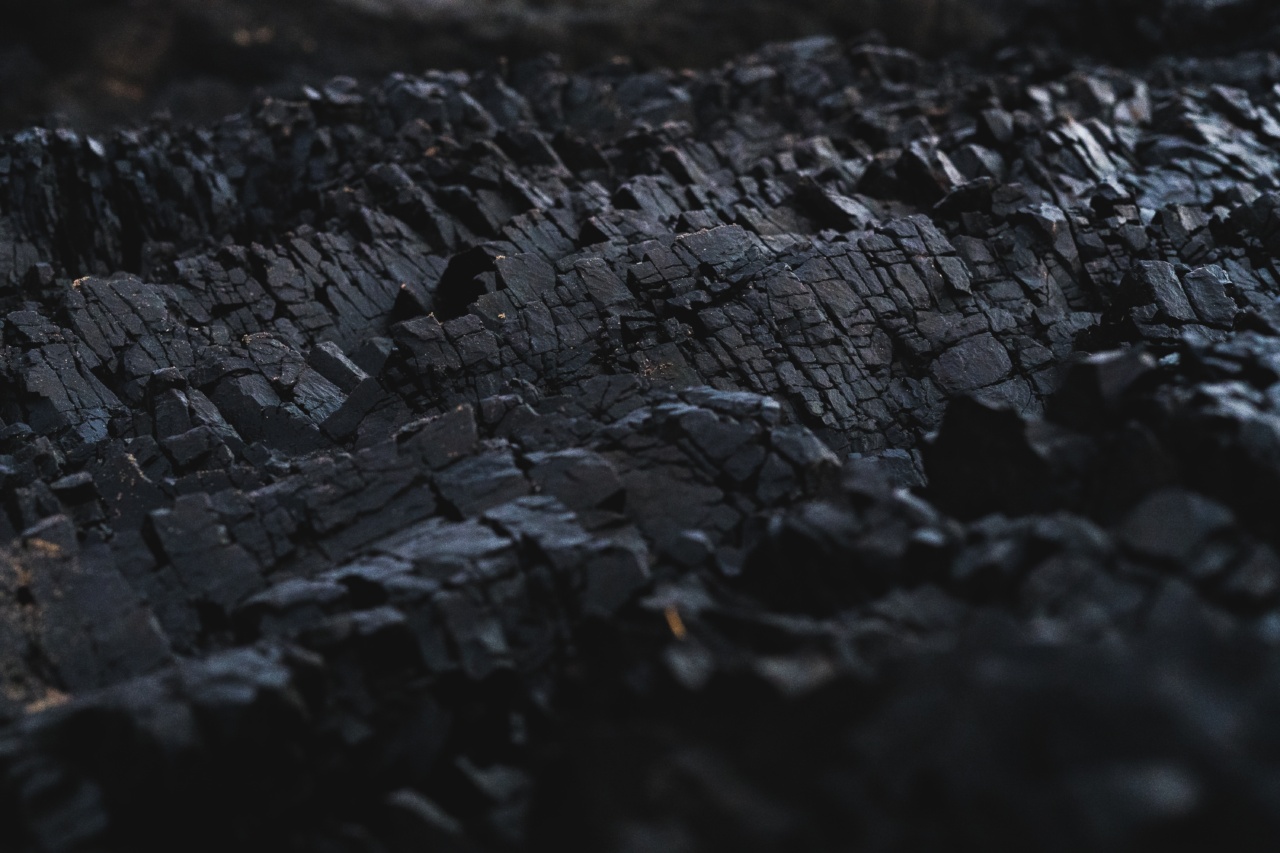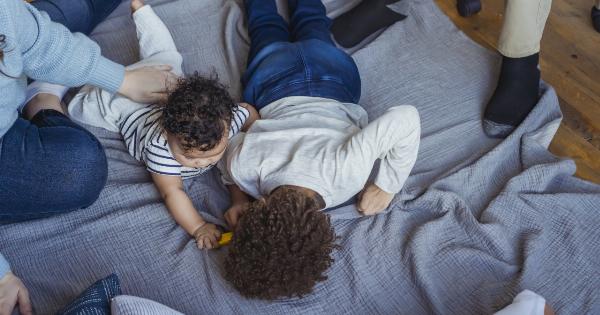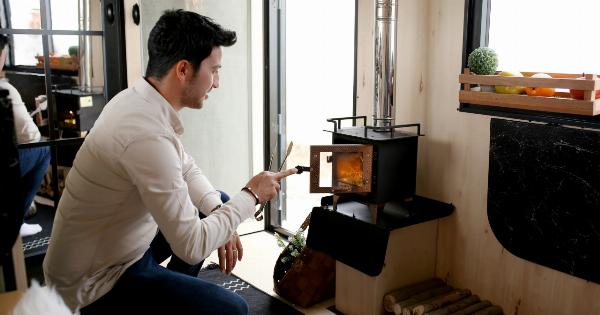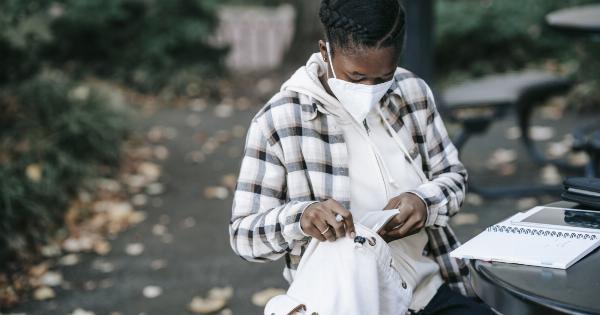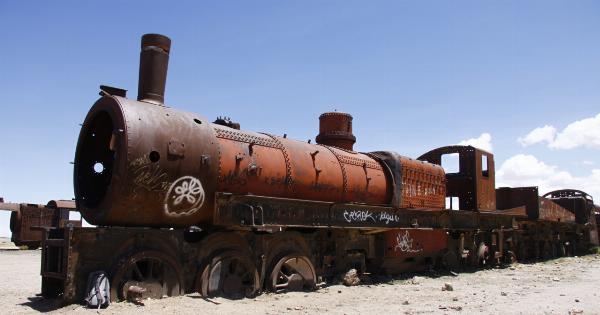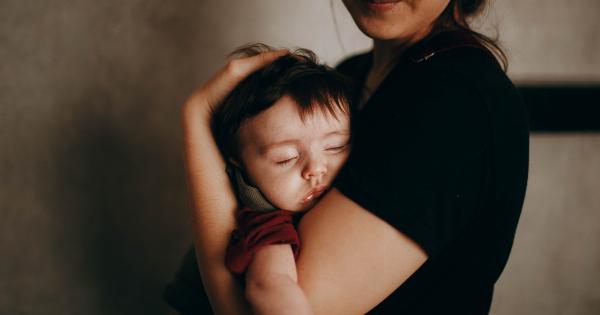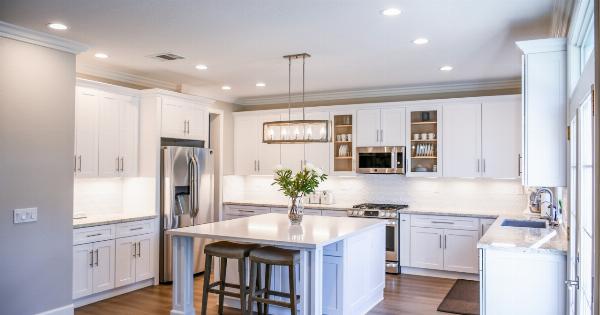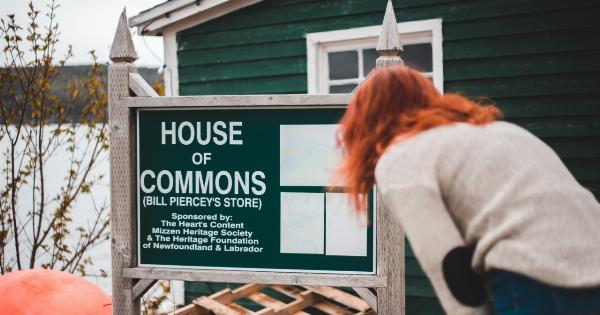Carbon monoxide is a colorless and odorless gas that is produced by incomplete combustion of fossil fuels such as gasoline, natural gas, oil, and propane. Exposure to this gas can lead to carbon monoxide poisoning which can be fatal.
In this article, we discuss carbon monoxide poisoning and its prevention measures.
Symptoms of Carbon Monoxide Poisoning
Carbon monoxide is dangerous because it binds to hemoglobin in the blood, which reduces the amount of oxygen that can be transported in the bloodstream. This can lead to a variety of symptoms such as:.
- Headache
- Nausea
- Dizziness
- Confusion
- Shortness of breath
- Loss of consciousness
Symptoms may vary based on the level of exposure and the duration of time a person has been exposed.
It’s important to note that these symptoms may also be present in other medical conditions which makes diagnosing carbon monoxide poisoning tricky.
Preventing Carbon Monoxide Poisoning
Carbon monoxide poisoning is preventable if proper safety measures are followed. Here are some ways to prevent carbon monoxide poisoning:.
Install Carbon Monoxide Detectors
The best way to prevent carbon monoxide poisoning is to install carbon monoxide detectors throughout your home. These detectors work similarly to smoke detectors and will alert you if there are elevated levels of carbon monoxide in your home.
At a minimum, make sure you have a detector on each level of your home and outside of sleeping areas.
Regularly Maintain Appliances
Appliances such as boilers, furnaces, and water heaters can produce carbon monoxide if they are not functioning properly. It’s important to have these appliances checked by a professional annually to ensure they are in good working condition.
Never attempt to repair gas appliances yourself, always rely on a qualified technician.
Never Use Generators Indoors
Generators produce carbon monoxide and should always be used outside in a well-ventilated area. Never operate a generator indoors, including garages and sheds.
Always place the generator at least 20 feet away from the house with the exhaust facing away from the house.
Don’t Leave Cars Running in Garages
Never run a car or other gasoline-powered engine inside a garage, even if the garage door is open. Carbon monoxide can quickly build up in the enclosed space and can lead to carbon monoxide poisoning.
Always pull the car out of the garage before starting the engine.
Open Windows
If you’re using a fireplace or wood stove to heat your home, make sure to open a window. This will allow fresh air to circulate and reduce the amount of carbon monoxide in the air. Additionally, never use a grill or camping stove inside the home.
What to Do if You Suspect Carbon Monoxide Poisoning
If you suspect carbon monoxide poisoning, immediately move to fresh air and seek medical attention. If you’re experiencing symptoms, call 911 or go to the emergency room.
When speaking with medical professionals, make sure to let them know you suspect carbon monoxide poisoning as this will inform their treatment plan.
If possible, turn off appliances and open windows to ventilate the area before leaving. Do not re-enter the area until it has been deemed safe by a professional.
Conclusion
Carbon monoxide poisoning is a serious condition that can be prevented by following proper safety measures such as installing carbon monoxide detectors, regularly maintaining appliances, and not running generators or vehicles indoors.
If you suspect carbon monoxide poisoning, seek medical attention immediately and move to fresh air.
